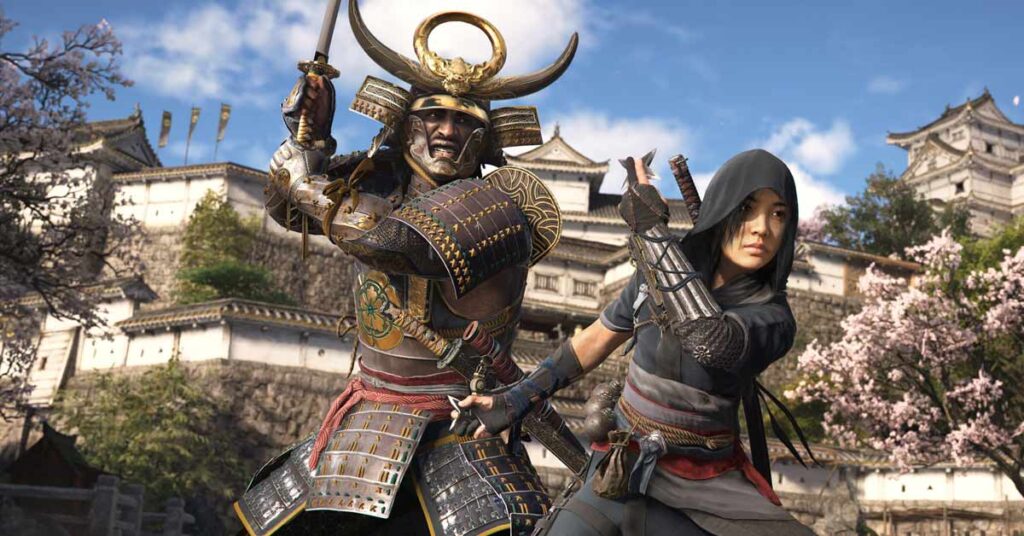Looking back at the beginning of 2005-2010, it is noticeable that the game industry did not expect such a boom in gaming but every year, technology in games opened up new opportunities. Developers searched for new technologies, corporations rode the wave of interest in computer games, ratings grew, and reviews of upcoming games gathered crowds of fans from different universes. Still, there were so many gamers that game girls were gaining momentum at the level of cinema and music.
Here are 4 techs in games that have gained incredible popularity and development in modern times.
Neural Networks
Neural networks, as a technology of video games, allow you to create unique game situations and events. This system is used in strategies and many AAA projects with complex game mechanics and various features. Such artificial intelligence is used in games that need to be made complex and unpredictable. If we replace it with a set of algorithms, the player will sometimes determine the optimal strategy that ensures victory. In tactical games, the AI can consider how the player has won in previous games and change behaviour from attack to defence or vice versa. AI can “economy” fight battles with minimal losses, choose a balanced expenditure of troops to win, or go on the offensive without considering losses. Something similar happened in chess, where famous grandmasters fought against AI in a game a hundred years older than this technology.
In addition, it was gaming that provided resources for the development of Neural Networks and AI. Remember how many different examples of AI are now that draw pictures, communicate with a person like a living organism, and analyze tons of information in seconds? But at one time, it was a random generation of levels or characters in video games.
Ultra 4K with HDR
We’ve come a long way from the days of basic 8-bit graphics in games. HDR allows gamers to experience fully rendered worlds with photo-realistic textures through this new technology in games. The ability to enhance the gaming experience with higher image quality gives the impression that you are right in the game.
To show such a high-tech picture, you need an appropriate display. Preferably, it should support Ultra 4K resolution with technology-centred HDR support.
VR Technology in Gaming and Not Only
After the success of the Oculus Rift, many large companies began to produce virtual reality helmets. Sony, Samsung, Valve, and HTC made their version. There are two types of helmets on the market today: more affordable – for mobile phones, where the device’s screen is used as a display, and autonomous systems like the Oculus Rift. What are they needed for? So far, mostly for games. The fullness of experiences redeems imperfect graphics. Even mobile gaming hasn’t bypassed this, and many studios hire teams of outsourcing artists and use retrostylegames.com/outsourcing/3d-modeling-services/ to create high-quality visuals in games.
What will happen to VR tech video games in 20 years? Inspired by various films, anime, or comics, companies will try to bring all the features of VR to 100% – the smell, the touch, the feeling of being completely immersed in the digital world, maybe even tired or thirsty. Of course, all this is very difficult to implement, but even now, the possibilities of this technology are amazing, not only in games. At one time, the game was just about a surgeon, which was eventually transferred to VR. Already today, surgeons are training with the help of VR technology. This is how technology has evolved.
In video games, gamers experience and influence the gaming environment through various devices and accessories, including VR headsets, sensing gloves, dedicated gamepads, and more.
Cloud Gaming
Cloud gaming is the latest in gaming technology, as it has only recently received decent gaming platforms, among which the most famous are GeForce Now and PlayStation Now. This technology allows you to play (or, for example, work) using the power of remote servers. From the user’s input devices – keyboard and mouse, gamepad, or touch screen – a signal is received, processed on the server, and sent back as an image.
Thus, to play demanding games, you do not need a powerful PC – just a high-speed Internet connection and any device with a screen, which can be even a weak laptop, even a smartphone, or even a TV with functions that allow you to use cloud games, is enough. Of course, such gaming is limited without a subscription, but GeForce Now generally allows you to play for an hour free, although you sometimes have to wait in line. Another limitation is the speed of the Internet, which completely affects the quality of the picture. Still, in general, such tech in games, as experts predict, will be quite popular, and many gamers will use it.
3D Modeling for Games and Game Art Design Technologies
One of the most important aspects of modern game development is 3D modeling for games and game art design. As technology advances, game worlds are becoming more and more fascinating and visually stunning. 3D modeling for games is the process of creating three-dimensional objects or environments using specialized software. Game artists use 3D modeling to create the characters, objects, and landscapes that populate the virtual worlds of video games.
With 3D modeling, game developers can bring their creative vision to life. They can create complex and detailed characters, realistic environments, and intricate objects that enhance the player’s gaming experience. 3D modeling allows them to create realistic animations and realistic physics, adding depth and realism to the gameplay experience.
Game art design, on the other hand, focuses on the aesthetics and visual elements of the game. Game artists work closely with game designers to create visually appealing and coherent game worlds. They use their artistic skills to develop characters, textures, lighting, and visual effects that enhance the overall look and feel of the game.
Advances in game 3d software and hardware have made it easier for game artists to create complex and detailed models. High-resolution textures, realistic lighting, and advanced rendering techniques contribute to the immersive experience of today’s video games. Game artists often collaborate with other team members such as animators, programmers, and level designers to ensure that the visual design of the game matches the gameplay and narrative.
The demand for skilled 3D modelers and game artists has increased in recent years. Game development studios and independent developers alike are looking for talented artists who can create visually stunning and immersive game worlds. The field of 3D game modeling and game design offers exciting opportunities for artists to contribute to the creation of unforgettable game experiences.
In conclusion, as technology advances, the game industry is constantly evolving. Neural networks, Ultra 4K with HDR, VR technology, and cloud gaming are just a few examples of technological innovations that have changed the gaming landscape. In addition, the use of game modeling and game design has played a crucial role in creating immersive and visually compelling gaming experiences. As the industry continues to push the boundaries, we can expect even more exciting events and advances in the future of gaming.
ⓘ LAFFAZ is not responsible for the content of external sites. Users are required to read and abide by our Terms & Conditions.








